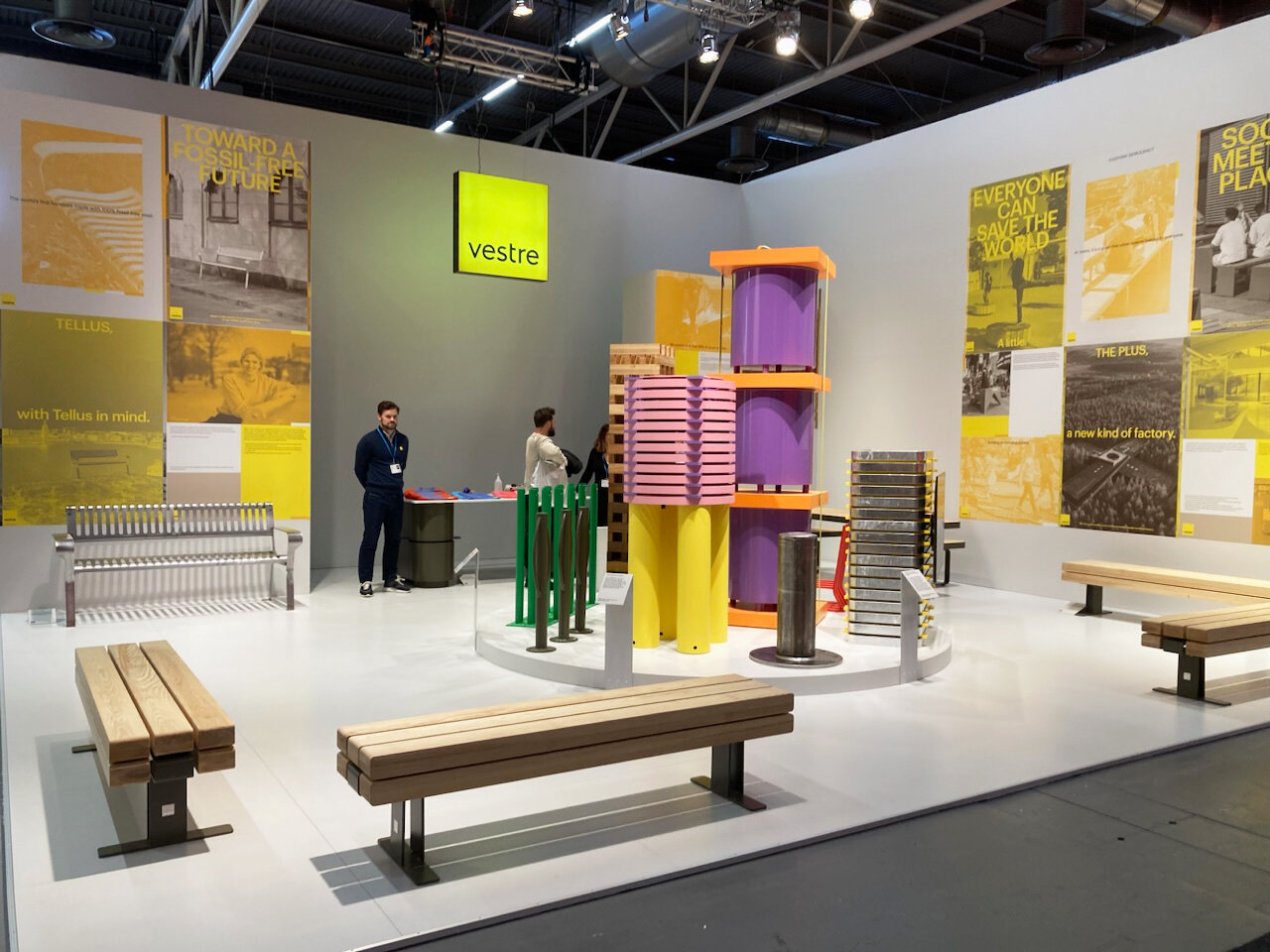From fishing nets to 3D printing: Exciting trends in furniture production were presented at the Stockholm Furniture Fair

Details from recycled fishing nets, upholstered furniture made from production scraps, and carbon-neutral production – held in the beginning of this month, the Stockholm Furniture Fair, a key event on the Scandinavian furniture market, brought together designers from Scandinavia and neighbouring countries. Intuit by Softrend, also presented its products at the event, which has a history of 50 years. Let’s talk about impressions and the most outstanding works at the Fair.
Sustainability in both communication and practice!
This year, one key word – sustainability – stood out the most. ‘Last year, it was a central theme in the organisation and communication of the Fair, but was not so strongly felt among the participants. When talking to companies and brands, this time, the central topic of the conversation was the environment – how the given company contributes to achieving climate goals and how their products are particularly environmentally friendly,’ says Karl Kukk, product designer at Softrend and Intuit by Softrend.
Martin Pärn, Chief Designer at Intuit by Softrend, highlights Vestre, an outdoor furniture maker, as one of the representatives of environmentally conscious companies. Their message revolves around minimal carbon consumption and the selection of local materials. ‘Mitab is moving in the direction of the circular economy – their trade fair booth was recycled and, as a company that designs and produces upholstered furniture, they also offer the refurbishment of sofas from other companies,’ says Pärn.

He continues, adding that materials producers, who are trying to create ecological and recyclable materials, are also contributing to the same theme. As an example of the circular economy, Tarkett will be launching the IQ Loop series of flooring materials manufactured from reclaimed PVC floor tiles. GOP, a manufacturer of covering materials, uses recycled plastic to manufacture a variety of materials, such as facades, terraces, etc. Herleven has mixed all used materials: leather, denim, wine bottle corks and concrete.
What were the innovative design solutions?
‘There was only one design solution that had never been seen before – a Lithuanian company called Herleven has developed a way to make upholstered furniture using production scraps,’ says Kukk.
The product consists of three components: recycled chip foam – the content that gives the product its shape; a latex layer that improves the moisture resistance of the chip foam; and a special surface coating, designed by themselves, which is sprayed on like paint.
The coating is made either from leftover fabric, leather or cork. ‘It can’t be said that this is the most pleasant product to sit on, but it’s certainly the most unique solution; all in all, it is very environmentally friendly and innovative,’ says Kukk.
Another innovation, which is quietly gaining momentum and growing in use from year to year, is 3D printing. ‘While 3D printing was still proof of concept a few years ago, now, after attending the Fair, it seems like a practical method to produce furniture. I also spoke to a company that was showing its printed furniture,’ says Lauri Visnapuu, product designer at Softrend and Intuit by Softrend. ‘According to them, 3D printing has a number of advantages, such as cost efficiency.’
The need for innovative technology has arisen due to the decline in the labour force in the furniture industry. Since the operating hour of a printer is cheaper than an hour of labour by a human, it enables furniture to be produced in a more cost-effective way compared to traditional competitors. Furniture printing will allow for greater compliance with future regulations. For example, 3D printing is waste-free.

However, the use of wood material took centre stage. ‘I don’t know if this trend is relevant only in Scandinavia, but a large share of the products were made from solid wood, with massive wood details or at least covered with high-quality veneer. Natural wood was a trend, and it was used in both outdoor and indoor furniture,’ notes Kukk. ‘At the same time, various clever technologies and materials to add value to wood and woodworking scraps is also definitely a trend.’
In the next article, you can read more about which products caught the eye of the Intuit team the most and the selection that Intuit itself stood out with.
Successful companies understand the importance of office design






